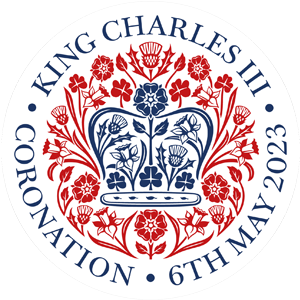History
The Ecclesiastical Parish of St Stephen was divided in the 19th century with the borough of Launceston retaining St Stephen’s Church and its immediate surroundings. The rural area then became the civil parish which helps to explain its straggling boundary (see enclosed map).
It is a largely medieval and post medieval farming landscape with a small ribbon of modern development by Cross Lane. Within the parish are 4 scheduled monuments and 15 ancient settlements, now mainly single farms, dating back to the 12th to 15th centuries. It also contains the Kensey Valley — an Area of Great Landscape Value (AGLV). The roads are narrow and winding.
Most of the land originally belonged to Launceston Priory. It now contains the settlement of Langore, which expanded when manganese was discovered in the mid 19th century and further enlarged in the 1970s with a small development of bungalows, and Truscott, a small hamlet still surrounded by vestiges of medieval strip fields. Also included are the cluster of houses at Dutson, the modern houses along Cross Lane and many scattered dwellings and farms.
Truscott has the only village pond of its type surviving in North Cornwall. It is registered as an “Historic Environment” and would have provided water for working horses and for cattle and sheep before being driven up to St Stephen’s Down for grazing. It currently hosts a wide variety of aquatic life and is surrounded by recently planted wild flowers.
Downloads –
Listed Buildings
St Stephens By Launceston Rural – Listed Buildings Map Download
Mining
St Stephens by Launceston Rural – Mining Locations Map Download
Designated Monuments
St Stephens By Launceston Rural – Designated Monuments Map Download
The Old Sawpits Langore






